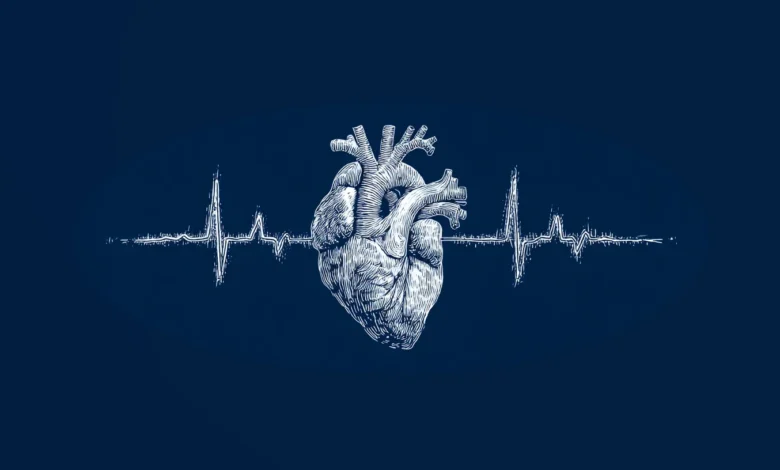Your Heartbeat Can Identify You, Even in Anonymous Data

▼ Summary
– ECG signals can be re-identified to individuals with 85% accuracy using machine learning, challenging current data anonymization practices.
– Researchers used a Vision Transformer model to match ECG patterns across datasets, even with added noise or limited attacker knowledge.
– ECG and similar biosignals like PPG and voice data carry stable, biometric patterns that enable linkage attacks across sources.
– The study recommends reclassifying ECG as sensitive biometric data and strengthening informed consent and cross-institution safeguards.
– Healthcare organizations should adopt targeted privacy protections that preserve medical value while minimizing re-identification risks.
The unique rhythm of your heart may serve as a personal identifier, even within supposedly anonymous health records. Recent research reveals that electrocardiogram (ECG) signals, frequently shared in public medical datasets, can be traced back to specific individuals with remarkable accuracy. This discovery raises urgent concerns about privacy safeguards in an era where health data is increasingly digitized and exchanged.
A team of researchers explored how someone with minimal information could connect publicly available ECG data to private sources like wearable tech, telehealth services, or compromised medical files. By applying machine learning to analyze heart signal patterns, which are as distinctive as fingerprints, they demonstrated that re-identification is not only possible but alarmingly effective.
Using information from 109 people across multiple public datasets, their model accurately matched ECG readings to individuals 85 percent of the time. Even when artificial noise was introduced, the system maintained its performance, proving that conventional anonymization methods fall short of protecting privacy.
According to Ziyu Wang, a co-author of the study, prevailing privacy assumptions are dangerously outdated. Many institutions operate under the belief that removing names and obvious identifiers makes health data safe. However, ECG signals contain stable, person-specific traits that function as biometric markers. This means that even anonymized data can be re-linked to an individual if auxiliary information is available.
ECG patterns remain consistent over time and cannot be altered or generalized without compromising the medical usefulness of the data. This presents a serious dilemma for healthcare organizations aiming to share information for research without violating patient confidentiality.
The study underscores a mounting threat where healthcare and cybersecurity intersect. Devices like smartwatches and remote monitors gather enormous volumes of ECG data daily, while telehealth platforms combine these signals with other private health details.
If any portion of this data becomes exposed, attackers could use linkage attacks, cross-referencing leaks with other datasets, to uncover identities. This method doesn’t require breaching hospital databases or having insider access; it relies on algorithmic matching across overlapping data sources.
Wang emphasized that policy must evolve to address these emerging risks. He outlined four critical recommendations, chief among them the reclassification of ECG data as biometric information, affording it the same strict protections granted to fingerprints or facial recognition data. This call to action is supported by recent research in which a team employed a Vision Transformer model, a deep learning system capable of interpreting complex time-series data. Their approach successfully matched ECG samples to known individuals and identified signals from unknown sources. Even with limited attacker knowledge, the system performed with high precision, misclassifying only about 14% of signals at a specific confidence level.
The risk is not confined to ECG data alone. The same vulnerabilities apply to other biosignals like photoplethysmography (PPG), which is often used in smartphone health apps. Similarly, voice data and electroencephalogram (EEG) readings carry person-specific patterns, making them potential targets as consumer devices become more widespread.
Looking ahead, healthcare providers and tech companies must proactively treat all biosignals as sensitive biometric data. This involves updating consent protocols, avoiding broad anonymization practices that ruin clinical value, and investing in privacy-focused technologies like generative AI, which can alter identifying features without harming research utility. For cybersecurity experts, this study serves as a stark reminder that biometric identifiers now extend far beyond traditional markers like fingerprints. The heartbeat, once solely a medical metric, has entered the realm of digital identity and must be protected accordingly.
(Source: HelpNet Security)
